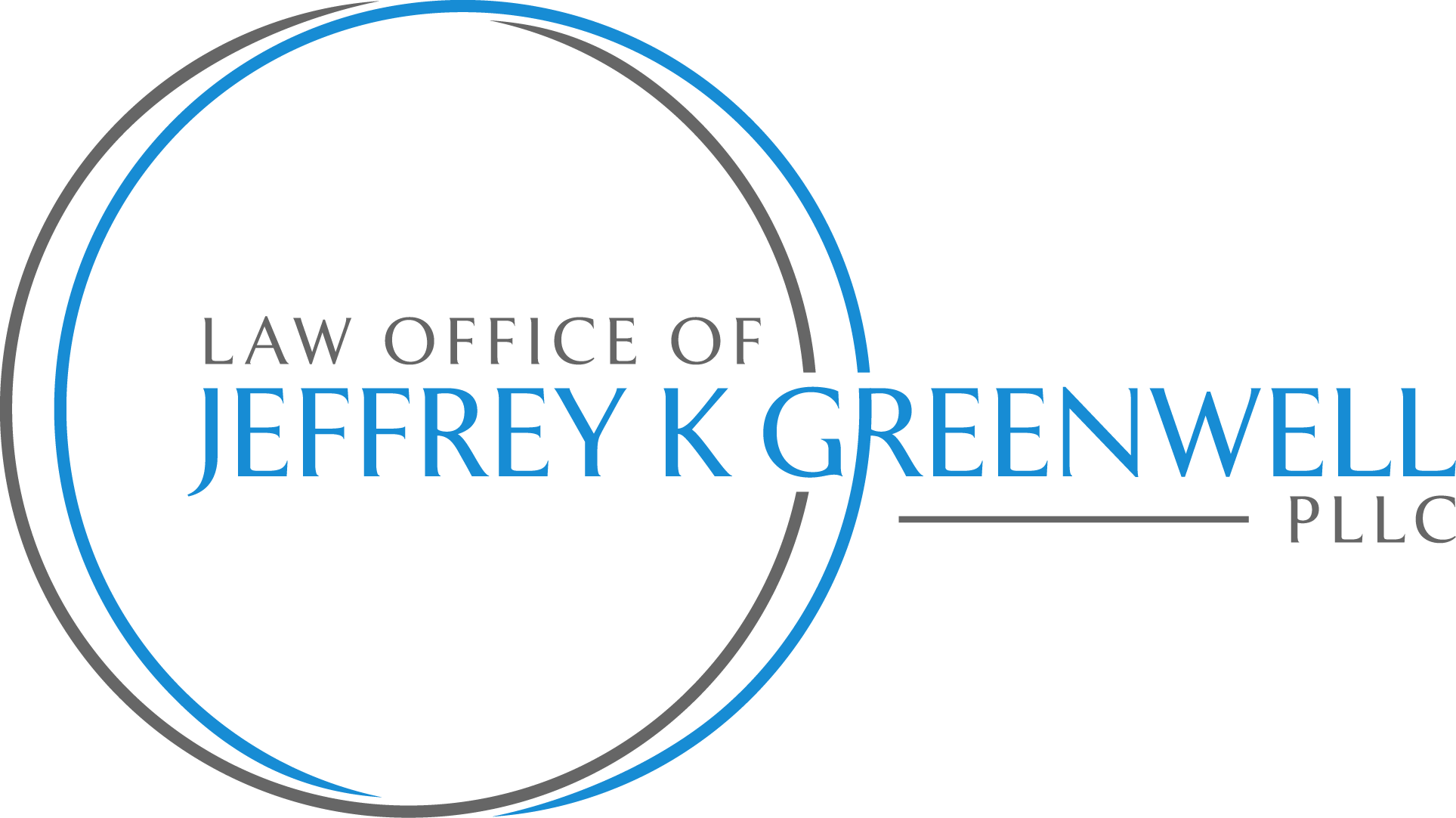Chapter 7 deals with some debts better than does Chapter 13. But Chapter 13 deals with other debts better than Chapter 7. So what kind of debts do you have?
_________________________
Bankruptcy is all about debts. Chapter 7 is generally a simpler kind of bankruptcy than Chapter 13. After all it’s usually done in about three months instead of three to five years. Simplistically stated, the simpler Chapter 7 bankruptcy option often handles simpler kinds of debts better than does Chapter 13. And the more complicated Chapter 13 option often handles more complicated debts better.
Today’s blog addresses the simple debt side of this. The next one addresses the complicated debt side.
Caution: don’t assume that if your financial situation seems relatively simple, or if your debts are straightforward, that Chapter 7 is the right option for you. Or the other way around. Bankruptcy can be full of surprises (and pleasant ones more often than you might think!). So when you see your attorney for the first time, you need to go in with an open mind.
_________________________
There’s more to deciding between Chapter 7 and 13 than looking at what kind of debts you have. What assets you own, the amount of your income, and other twists and turns of your financial life can affect whether Chapter 7 or 13 is better for you. But still, how these two options treat your particular combination of debts goes a long way towards choosing between these two Chapters. After all, the purpose of bankruptcy is to take care of your debts.
The Overly-Simplistic But Still Helpful Rule of Thumb
Here’s a decent starting point: Chapter 7 handles your simple debts better than does Chapter 13, and Chapter 13 handles your more complicated debts better than does Chapter 7.
Simple debts here mean those that are “general unsecured.” Those are ones that don’t have any collateral tied to them (“unsecured”) and are not “priority” debts, those given special treatment. “General unsecured” debts include most credit cards, medical debts, personal loans with no collateral, utility bills, back rent, and many, many others.
Simple debts can also be secured ones—ones where there is collateral like your home or vehicle—in which you are either current on the debt and want to keep the collateral, or simply want to surrender the collateral.
Simple Debts in Chapter 7 and Chapter 13
Chapter 7 treats “general unsecured” debts the best by usually simply discharging them (writing them off) forever in a procedure lasting barely three months.
Chapter 13 instead usually requires you to pay a portion of these “general unsecured” debts. When you hear a Chapter 13 plan being referred to a “15% plan,” that means that the “general unsecured” debts are slated to be paid 15% of the amount owed.
And even when a plan calls for 0% of these debts to be paid, that can change if your financial circumstances improve during the first three years after your Chapter 13 case is filed. In contrast, if your income increases a year or two after your Chapter 7 case is filed, you would have no obligation to pay anything on the “general unsecured” debts that were discharged a year or two earlier.
As for simple secured debts, Chapter 7 is fine if you are current on the payments, want to keep the collateral and maintain the regular payments. And if you are surrendering the collateral, Chapter 7 will almost always discharge any remaining debt, and do so quickly without the risk of having to pay any of it out of your future income.
Chapter 13 also deals well with secured debts where you want to keep the collateral and you’re current on the loan. But unless there are other reasons to file a Chapter 13 case, simple secured debts usually do not justify doing so.
As for surrendered collateral, any remaining debt after the surrender becomes “general unsecured” debt, with the same risk that you would have to pay part of that debt out of your future income during the life of a Chapter 13 case.
The next blog: how not-so-simple debts are handled in Chapter 7 and in Chapter 13.
